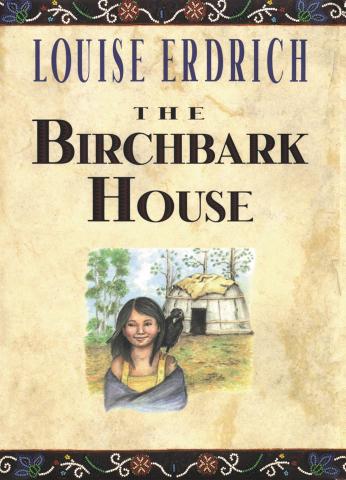
Departing from the Canon
by Brianne Anderson
How many of you have heard a version of the phrase, “The world is a different place than it used to be”? I can hear my grandparents saying this to me as I was growing up and learning to drive and navigate adolescence. My parents have spoken thus numerous times while discussing my parenting choices as they babysit their grandchildren. And last week, I used a similar phrase to explain life before the internet to my own young children.
Change happens and the world evolves with it. Change can be good, but it also brings struggles to adapt and adjust. Our world is in the midst of a racial justice revolution where we are acknowledging that systems in place for generations have led to oppression and disadvantages to our community members of color. These systems include the literature that we read to, teach with, and encourage our children to explore.
Recently, children’s literature has been brought to the forefront of conversations about racism in the canon. Dr. Seuss, Frances Hodgson Burnett, and Laura Ingalls Wilder are just a few of the authors that have come under scrutiny for their hurtful and/or inaccurate portrayals of non-white characters. On the opposite side, publishers are finally taking note and producing amazing literature featuring BIPOC characters and lifting up authors of color who for years have been passed over. The publishing world has a long way to go, but there are some fantastic choices available now to read with your children if you want to celebrate the spectrum of skin colors and experiences in our world instead of continuing to rely on classics that perpetuate racial stereotypes.
Not sure if one of your favorite books from childhood has weathered the test of time? Ask us! Those of us who select and purchase items for the library take time to evaluate resources before we buy. We read review journals, follow blogs and sites dedicated to multicultural resources, and share with each other the new things we find. We might not know everything about every book, but we know where to look to find out.
The Little House on the Prairie series, for example, is one of the most-read historical series about pioneer times, but its anti-Indigenous stereotypes are impossible to overlook. If you are wanting to read about that point in history, try Louise Erdrich’s “The Birchbark House,” which follows the ebb and flow in the life of a little girl growing up in an Ojibwe tribe. The author is Ojibwe so it’s an #ownvoices series that gives readers an accurate glimpse into the natural rhythms of life and a look at the challenges and adversity the arrival of the settlers caused.
Newbery Award winning author Linda Sue Park loved the Little House books growing up but as an Asian-American child, she found them hurtful. Her new book, “Prairie Lotus,” pays homage to the time and place (Dakota Territory in the 1880’s) but reimagines life for a little girl who’s trying to find her place in a hard world. Hanna dreams of small things: getting an education, becoming a dressmaker in her father’s shop, making a friend. But in a world resistant to change, her dreams are anything but easy.
Younger chapter book readers might like to dive into the Tales from Maple Ridge Farm series by Grace Gilmore. The main character is a little boy named Logan who loves to invent new gadgets to help around the farm. Readers get an inside look at what building and running a farm on the prairie looked like through the eyes of a rambunctious young boy.
Classics are part of the children’s literature canon because they have the ability to transcend their own historical contexts, but since “our world is not what it used to be,” we now have more options to choose from when considering historical perspectives. Ask us at the library and we would be more than happy to recommend a bunch of great reads that you can feel good about reading together.